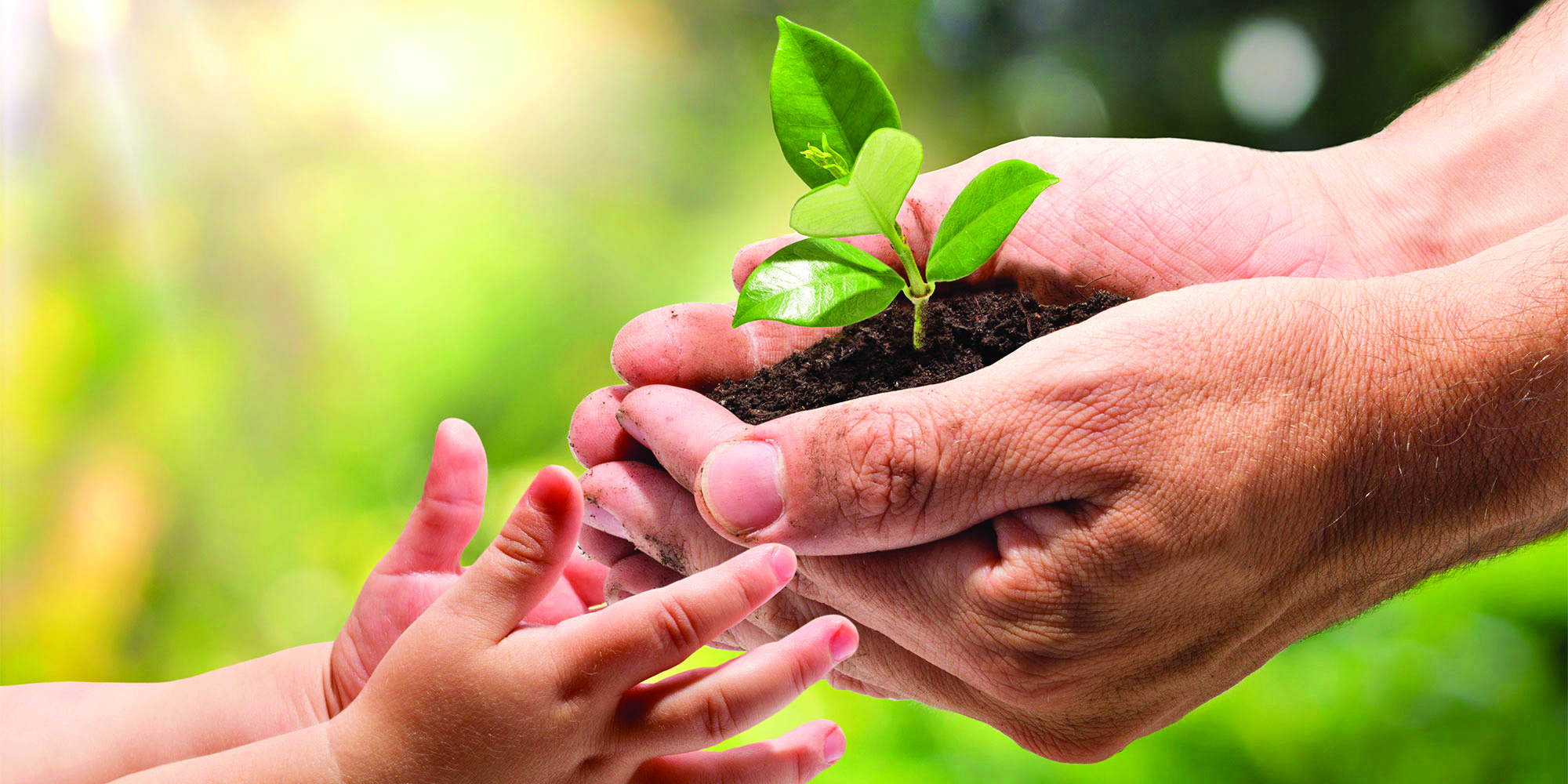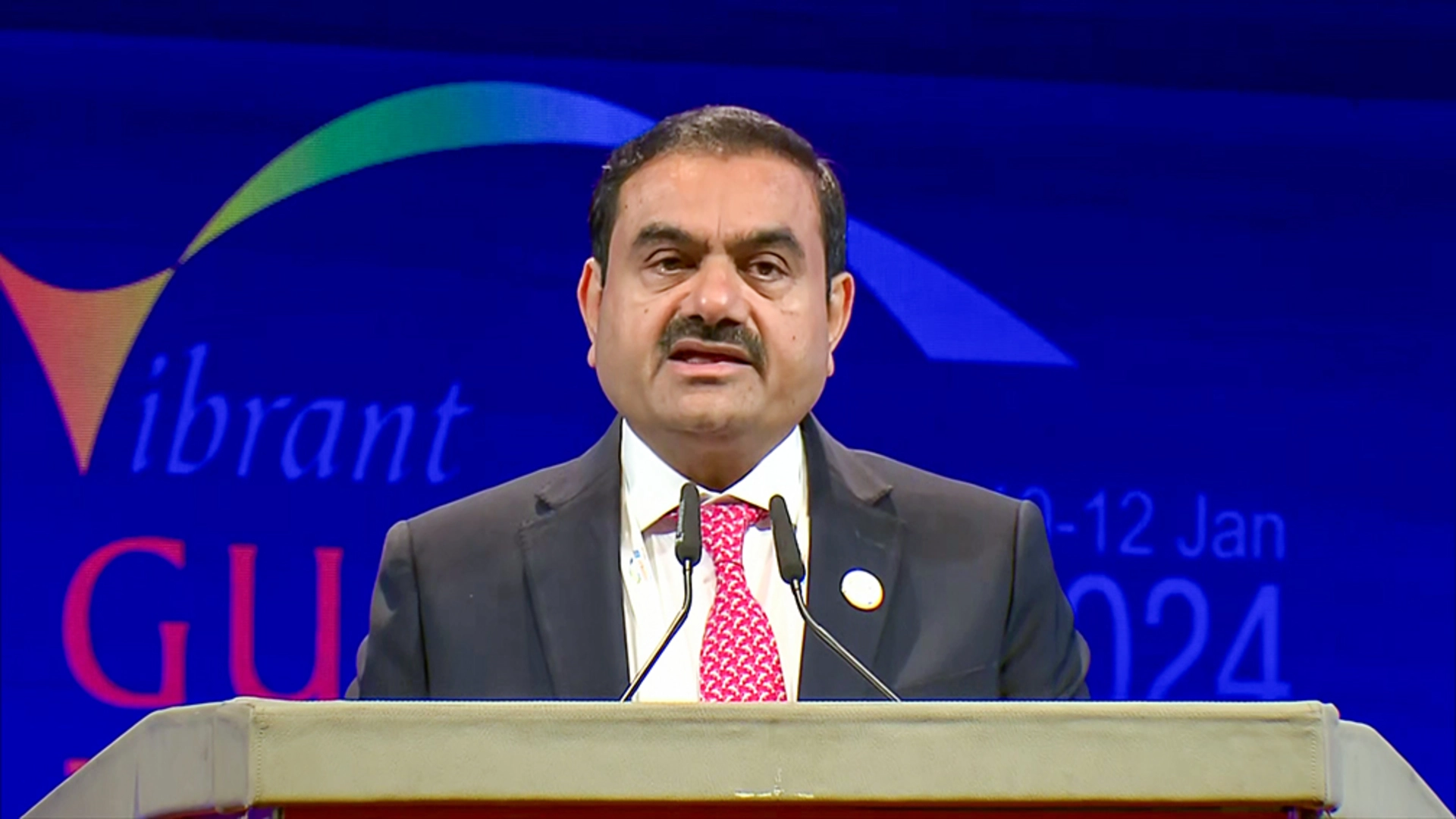
Let the rich satisfy the poor implorer, and bend his eye upon a longer pathway,
Riches come now to one, now to another, and like the wheels of cars are ever rolling,
The foolish man wins food with fruitless labour: that food – I speak the truth – shall be his ruin,
He feeds no trusty friend, no man to love him. All guilt is he who eats with no partaker.
— Rigveda, X.117
We are human beings. We are social animals. We live in a society driven by consumerism, where taking is the norm. Every second, we take. We take from nature- air, water, wood, fruits, vegetables, shade, beauty, liveliness, and many more, yet we deplete its resources. What are we giving it back? That we all know. On the other hand, we take from human relationships- love, respect, happiness, motivation, purpose of life, and much more, we keep on expecting more and more than we give. We take from our own selves, constantly seeking fulfillment outside of ourselves with no contentment and limitations. But what if we shift our focus to the art of giving? Giving without any expectations to nature, human, ourselves..
The act of giving is often misinterpreted, as it is more than simply offering a material gift such as a costly smart watch or a diamond necklace. And if we offer such things to someone, surely we seek something in return. The interest is vested. But art of giving is all about a mindset, a way of life, and a philosophy that nurtures generosity and responsiveness either it is towards human or nature. When we engage in the art of giving, we begin to understand the immense joy and fulfillment that can be found in contributing to the world around us.
In Hinduism, the practice of ‘dana’ (selfless giving) is deeply rooted in one’s ‘dharma’ (spiritual responsibility). Dharma encompasses a broad spectrum of principles, including universal harmony, moral obligations, righteous conduct, and ethical behavior. Every individual has a unique dharma that extends beyond personal boundaries, accepting responsibilities towards family (loved ones), society (community), the world (environment), and all living beings (compassion).
In the past, various forms of generosity, giving wholeheartedly or ‘dana’, existed, including ‘Bhudaana’ (gifting land for the greater good), ‘Vidyadaana’ (sharing knowledge and skills through teaching), ‘Aushadhadana’ (providing healthcare and support to the sick and afflicted), ‘Abhayadana’ (offering protection and freedom from fear), and ‘Anna dana’ (nourishing the hungry and welcoming all visitors with food) etc. These timeless acts of kindness continue to inspire selfless giving and compassion in modern ways now.
In the ancient Hindu epic, ‘Mahabharata’, a profound wisdom is shared in the ‘Vana Parva’, Chapter 194 that advocates for the transformative power of generosity, urging us to conquer the mean by giving.
In Chapter 17 of the ‘Bhagavad Gita’, Krishna also emphasizes the importance of consistent and selfless giving, advocating for steadfastness in ‘sattvikam dana’, the purest form of charity. He teaches that cultivating this noble practice brings greater benefits, while cautioning against ‘tamas’, the destructive force of selfishness and ignorance. Krishna guides us to embrace the elevated path of giving with generosity, letting go of egoistic tendencies, and embracing the transformative power of selfless giving.
Many theories have explored the concept of giving and its impact on our lives. One such theory is the Universal Law of Reciprocity, which suggests that we receive what we give. It says that all that is sent is need to be reciprocated. It is one kind of ethics called ‘ethics of reciprocity’ that can be comprehended in this way that one should reciprocate to others how one would like them to treat him or her. In essence, the more we give, the more we receive, not just in material possessions but also in emotional fulfillment and personal growth. This theory aligns with the idea that giving nurtures our souls and allows us to connect with others on a deeper level and promotes kindness and fairness.
In the words of renowned philosopher and writer Ralph Waldo Emerson, ‘The purpose of life is not to be happy. It is to be useful, to be honorable, to be compassionate, to have it make some difference that you have lived and lived well.’ He emphasizes the significance of giving and the impact it has on our sense of purpose and overall fulfillment. By dedicating ourselves to the art of giving, we realize that true happiness lies in selflessness and making a positive difference in the lives of others.
Similarly, Mother Teresa, a symbol of selflessness and compassion, legendarily believed, ‘It’s not how much we give, but how much love we put into giving.’ This sentimentality strengthens the idea that quality outdoes quantity when it comes to giving. It is not the monetary value of a gift that matters; rather, it is the intention and love behind it.
This philosophy of Mother Teresa encourages us to give with an open heart and genuine care for others. For example- a gentle offering of bananas, ‘Daal-Roti’, and ‘Lassi’, filled with love or affection, surpasses the grand opus of exotic and expensive cookeries such as the rarefied allure of Chinese Shark Fin Soup, the indulgent luxury of Australian Sevruga with traditional garnishes and Blini, and the refined elegance of branded wine Jeroboam of Chateau Mouton-Rothschild 1945. For in the act of giving, it is not the extravagance of ingredients or the prestige of presentation that truly sustains, but the tender touch of compassion, the warmth of generosity, and the sincerity of the heart.
In his book ‘The Art of Giving,’ philanthropist Charles Bronfman explores ‘the Power of Giving’ as a means of self-fulfillment. Bronfman argues that true fulfillment comes from recognizing the needs of others and actively working to meet them. He emphasizes that giving has the ability to transform individuals and communities alike, fostering a sense of unity and interconnectedness.
When we embrace the art of giving, we begin to realize that our happiness and fulfillment are not solely dependent on what we receive, but rather on the positive impact we have on others. By shifting our focus from taking to giving, we break free from the cycle of dissatisfaction and constantly seeking more.
The art of giving opens our eyes to the beauty of human connection and the profound joy that comes from making a difference, no matter how small. Through acts of kindness, generosity, and compassion, we can create a ripple effect, inspiring others to do the same.
Amid the pursuits of materialistic gains, as individuals and community, we need to learn and embrace the art of giving to achieve the goal of collective happiness, transforming lives and sustaining a culture that celebrates selflessness and empathy.
Dr. Shalini Yadav is a Professor, Writer and Columnist hailing from Jaipur, Rajasthan.














